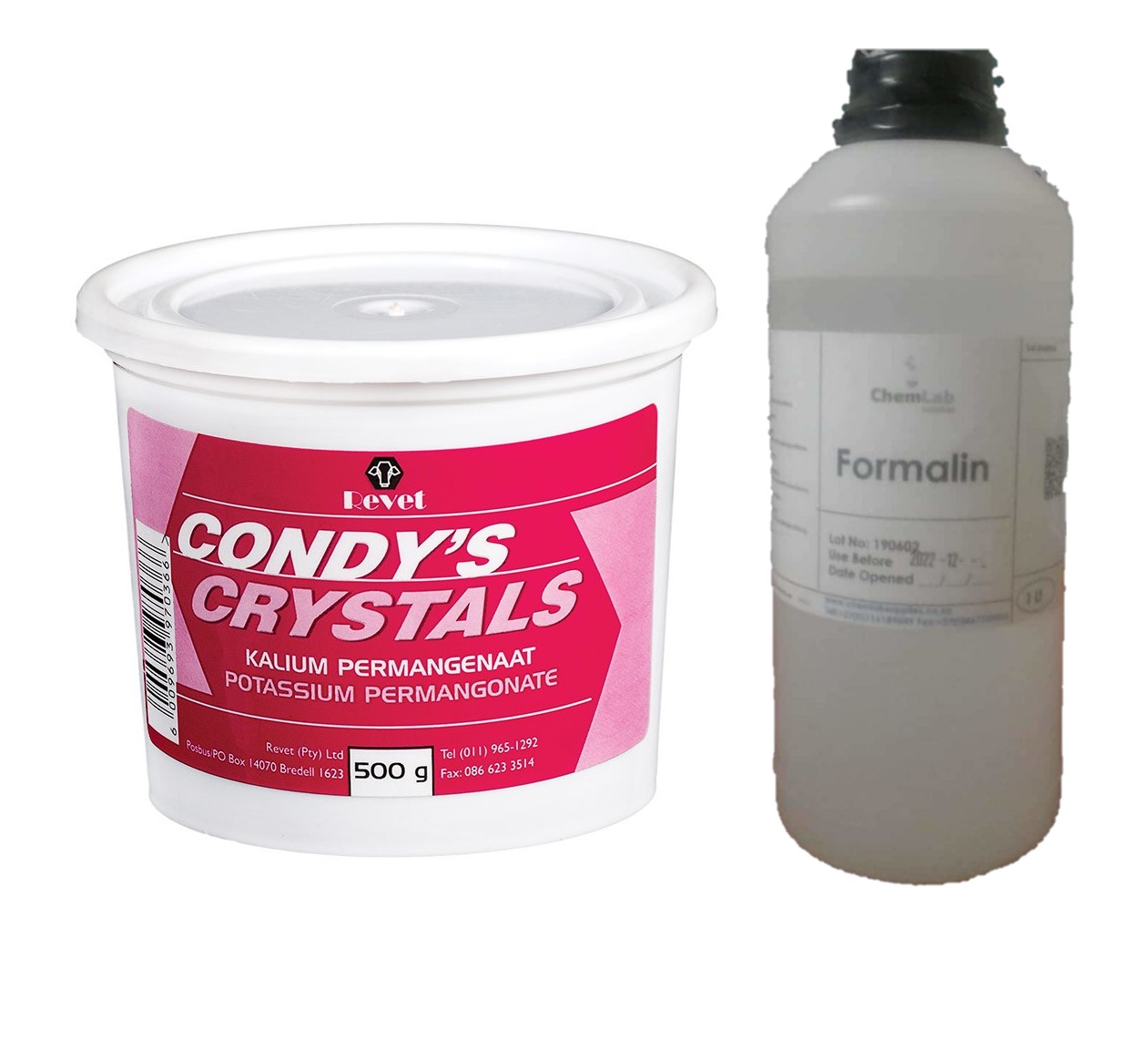Fumigation and sterilizing
Fumigation and sterilizing your incubator or hatcher before you use them is very important to prevent bacteria infecting the fertile eggs and causing the embryo or chick to die due to infection.
Good cleaning and disinfection practices are widely acknowledged as part of the optimization of the viable day old chick (DOC) production in a hatchery. Good egg hygiene has often proven to improve the viability and quality of the DOC. The effect of bacterial penetration through the eggshell will affect hatching quality, such as early embryonic mortality, egg yolk infection, DOC mortality before hatching, besides significantly higher mortality and heterogeneity of the chicks during the first week of age. Obviously , various micro-organisms can contaminate the hatching eggs through vertical or/ and horizontal contamination(i.e Salmonella spp., Mycoplasma spp. E.coli, Pseudomonas, Staphylococcus, Proteus spp. and Aspergillus fumigatus).
A major source of contamination within the hatchery is the poor sanitary condition of the hatching eggs on arrival at the hatchery. The level of cleanliness of the hatchery, therefore, depends to a large extent on the hygienic standards of the laying flocks and, in particular, on the regular and frequent collection of eggs, egg truck transportation from farm to the hatchery , clean of feed ,water, egg collection equipment inside the house-farm, litters conditions, feed, water, dust, air circulations, employees, insects, mice etc. In each hatchery, it should be mandatory that only clean eggs be set. These eggs should be kept clean out of contaminations sources on the farm, as soon as possible after collection to enable the destruction of microorganisms before these have time to penetrate through the eggshell.
To do this get a steel bowl or oven dish that can withstand high heat and can take at least 3 litres
1. Clean and vacuum your incubator hatcher first
2. Place the bowl in the incubator or hatcher
3. Prepare a dose of Formalin and Condys crystal as per the ratio : 30 mL of formalin (40 percent formaldehyde) to 10 g potassium permanganate “KMNO4” (Condys crystals) per one cubic metre of incubator or hatcher space
4. When mixing with potassium permanganate for fumigation, always add the formalin to the potassium permanganate, never the reverse.
5. Add the Condys crystal to the bowl first, place the bowl in the incubator or hatcher and then pour the formalin into the bowl slowly
6. When pouring the formalin onto the Condys crystals the mixture will start to foam. Try not to breathe the gas and work quickly.
7. Close the incubator or hatcher doors and let the fans run for 1 hour.
8. Open the doors and aerate the incubator or hatcher and load the eggs as required.

